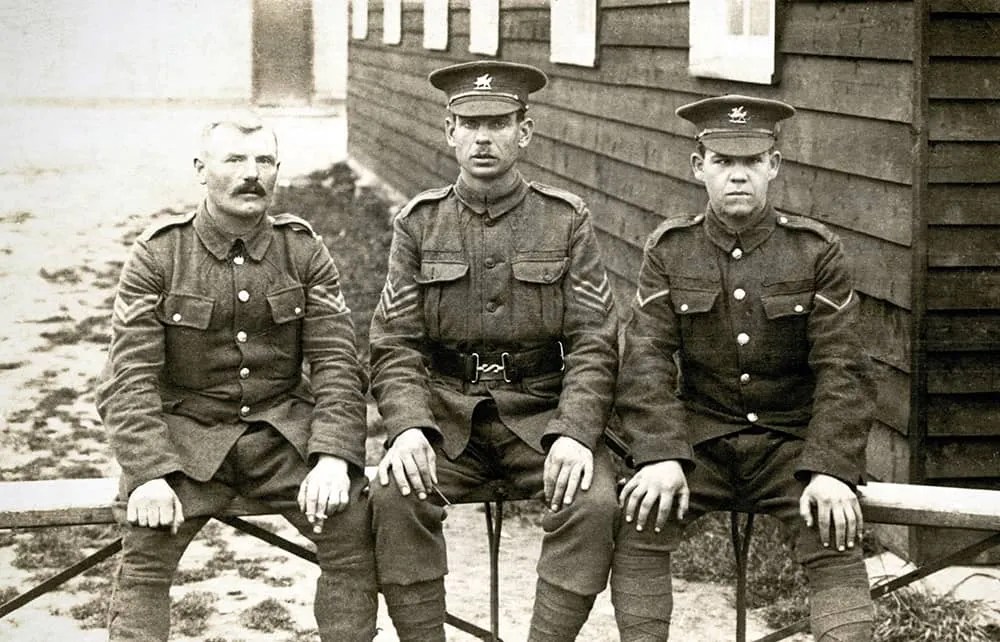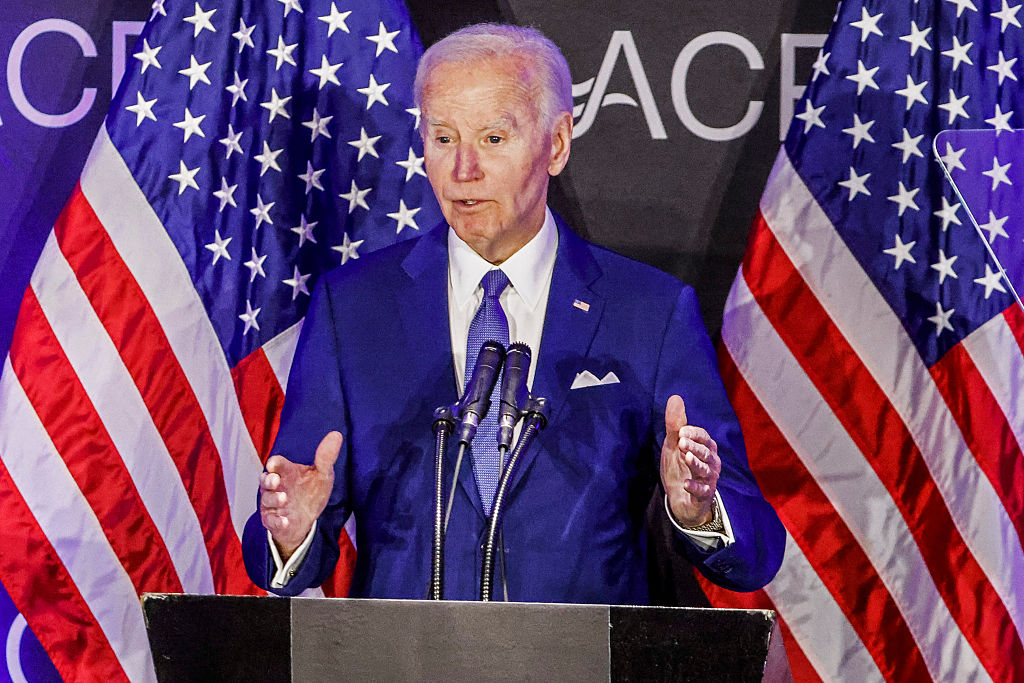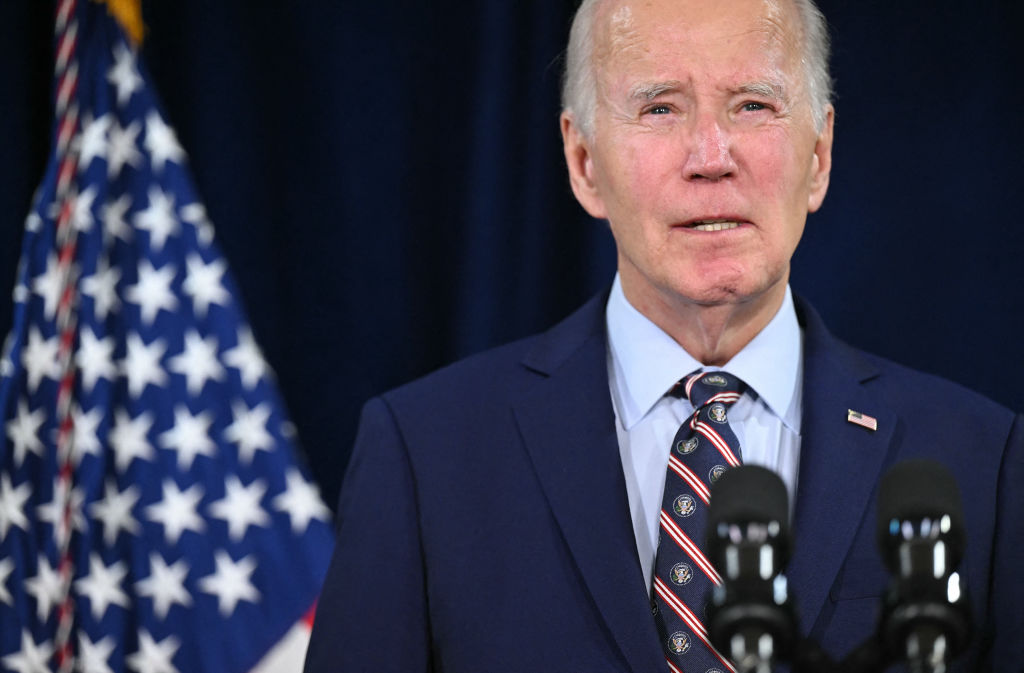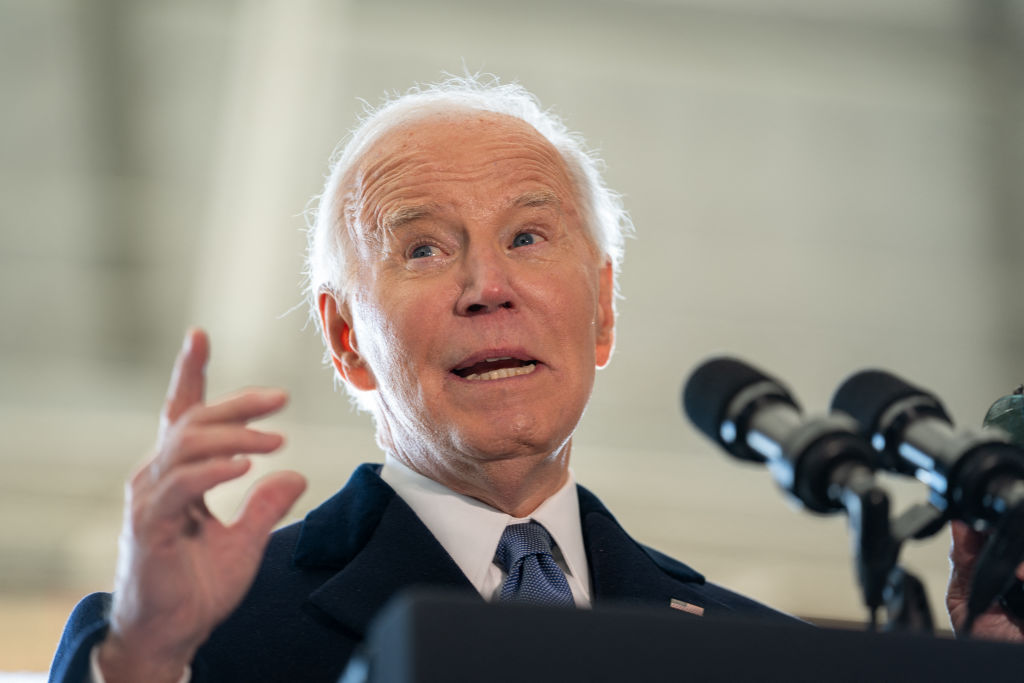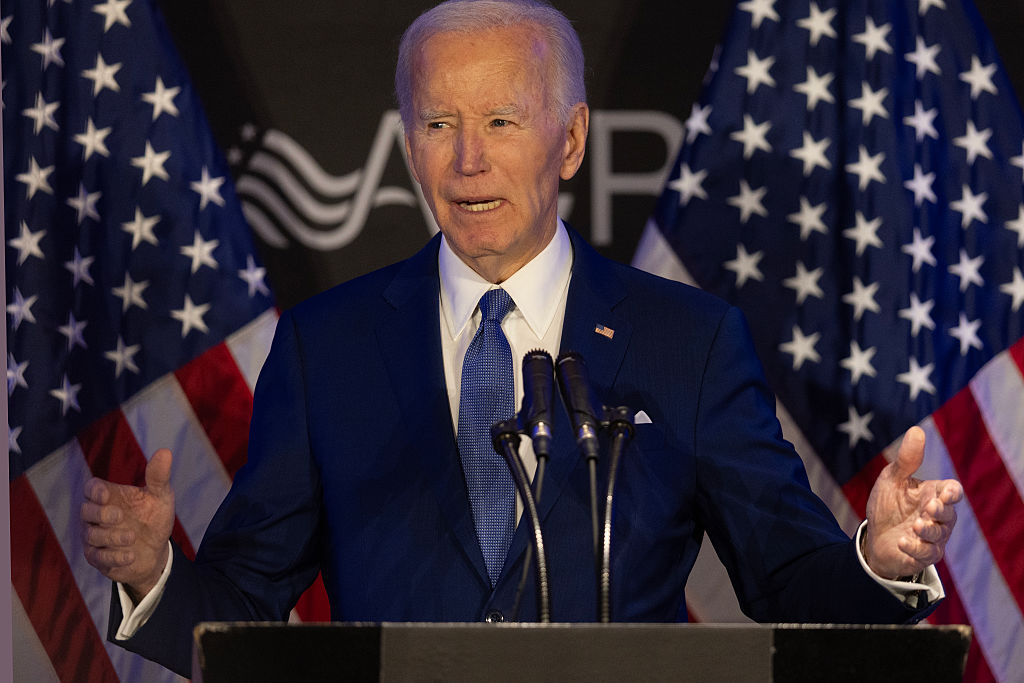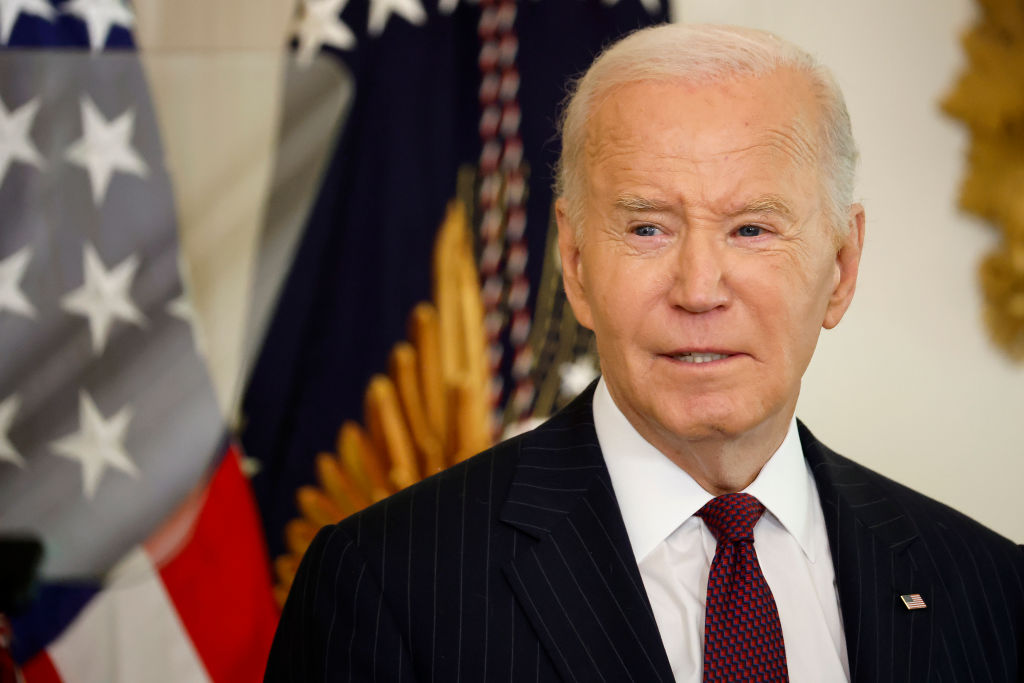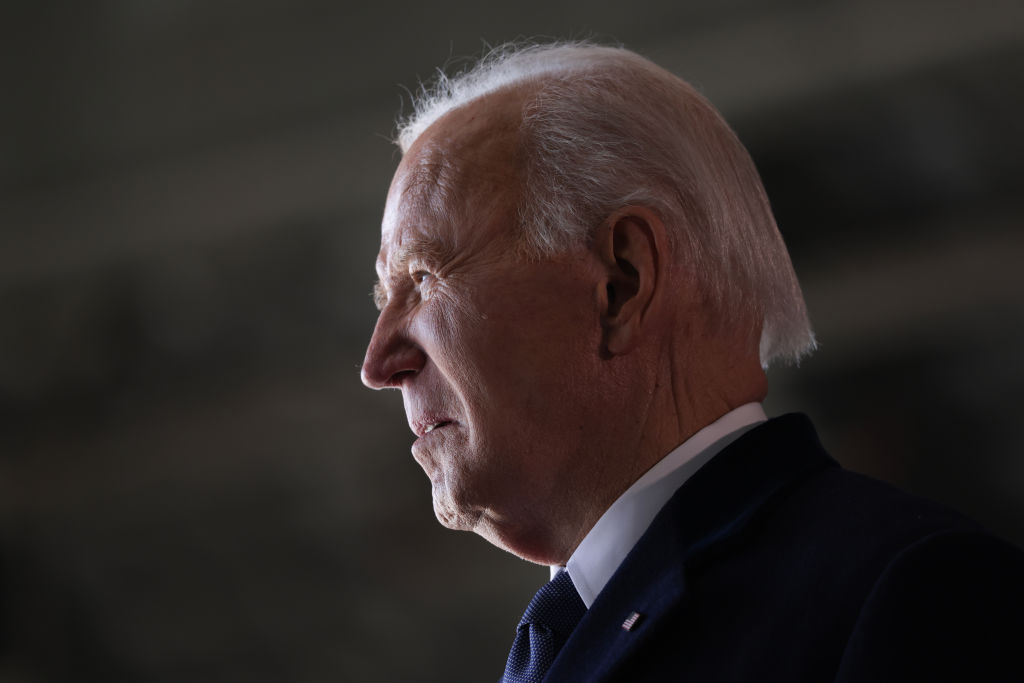In Frederic Manning’s classic Great War novel, The Middle Parts of Fortune, the shattered battalion shambles out of the line after battle to parade briefly before being dismissed. Noting a general loss of soldierly comportment as the infantrymen limp into camp, a watching NCO urges: “Come on, get hold of it now.” As my bone pain worsens, passing milestone after milestone with dismaying rapidity, Manning’s anonymous NCO speaks that expressive army phrase into my mind. He gives the order sternly, with unmistakable undertones of regimental pride and kindliness.
Milestones passed so far: single site intermittent bone pain easily tolerated; single site continuous pain, easily managed by half a gram of Tylenol; multiple site bone pain, intermittent, ditto; continuous multiple site bone pain, tramadol 50mg four times a day. Then 100mg four times a day. Then nothing in my bedside-drawer pharmacy overcomes it entirely. That’s when the NCO clears his throat. At present the pain is confined to both shoulders and left shoulder blade. Other milestones further down the hill can be guessed at.
Last week taxi man Gilles picked me up at the bottom of the path and drove me to the hospital at Marseille. The holiday month of August was a welcome break from hospital corridors, taxis, scanners, blood tests, consultations. September began with a thorax scan. I felt shriveled as I climbed in the back of his VW. “Do I look different?” I asked him. Gilles has driven me back and forth to Marseille for two years now. “No,” he said. The denial was unconvincing. I sucked in my cheeks. “Not even this?” I said. He looked away. “A little,” he said.
Three hours sitting upright in the back of Gilles’s taxi did for me. The next day every pain site had a blowtorch aimed at it and I spent it lying down doped to the eyeballs. I got up from the bed just once, at lunchtime, to take a bottle of Champagne out of the fridge and drink it with Catriona and her daughter and daughter’s boyfriend at an outside table. Another milestone reached that day was not having the strength in either arm to ease out a champagne cork. I revisited Lytton Strachey’s self-parodying joke for children by trying and failing to lift a spent matchstick from the table.
Neither tramadol nor high-octane codeine damped the pain that afternoon. Now it starts, I thought. Nine years after diagnosis, the coach is at the door at last. (“The eager children, mounting fast/ And kissing hands, in chorus sing/ Good-bye, good-bye, to everything!”) And this scarcely conceivable pain is probably just the beginning. “Come on, get hold of it now,” mutters the NCO. But still: nine years isn’t bad. If I’d been offered nine years on diagnosis, I’d have taken it gladly. And fortunately the oncologist is quick on the draw with his prescribing pad and open to suggestions about strength.
I’ve received many kind emails and phone calls asking how I am after crying off writing a column. I tried to answer them honestly. I was going downhill, basically, I said, but largely cheerful. To some I even ventured to say that the days were richer than any I’ve known. I’d had a wonderful summer. At last my life had begun in earnest. But when trying to describe, to kind enquiries, how I am getting on, there is always this uneasy feeling in the background:
“I sometimes hold it half a sin/ To put in words the grief I feel;/ For words, like Nature, half reveal/ And half conceal the Soul within…”
Who wrote that? I forget. A long time ago I jotted it down unattributed. Whoever it was has perfectly described my ambivalence — maybe.
But the pain that day took the wind out of my sails. This wasn’t richness. This new thing was as pitiless as an experienced mafia hitman.
Poetry might have helped by lending perspective, only I couldn’t read. I could barely think straight. Exhaustion. Misery. For the first time, fear. I gobbled down my pop-gun analgesics. Then late in the evening — tring! A text message. Sister Maria Clara up at St. Joseph’s nunnery. Sister Maria Clara is the technical nun. In July I’d been accepted — after the sisters had met to discuss it — for a three-day retreat. When two of the nuns fell ill with Covid, they’d had to cancel. Three days ago I’d reapplied. Within the space of six weeks the idea of living with seven Benedictine nuns for a few days had altered from a light-hearted gamble to a necessity.
“Good night Jeremy! I’m sorry of the hour. Yes, you can came. The hôtellerie will be free from the September 13. It’s well for you? God bless you!”
Sister Maria Clara is the only nun of the seven I’ve met before. Her young face is radiant with the Holy Spirit. The days suddenly felt rich again. I accepted joyfully, adding: “Creo que voy cuesta abajo!” — I think I’m going downhill! The NCO’s lips tightened with fatherly tolerance.
This article was originally published in The Spectator’s November 2022 World edition.



